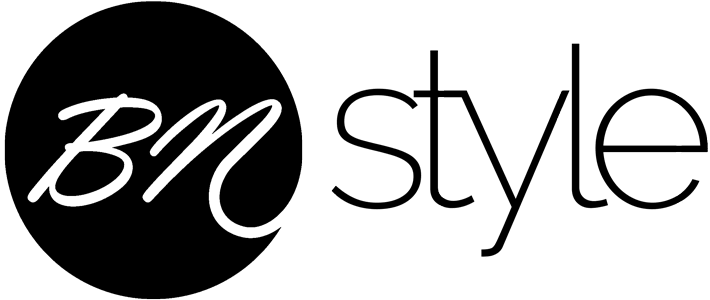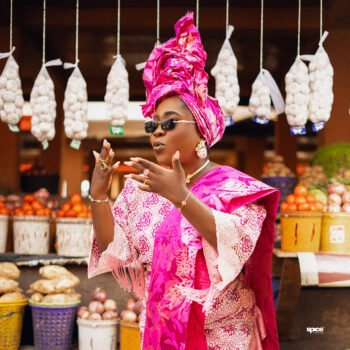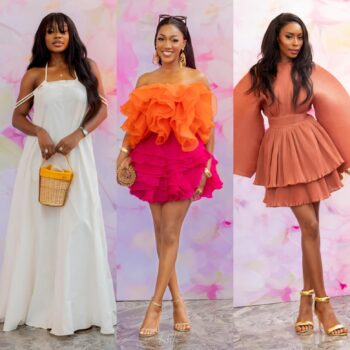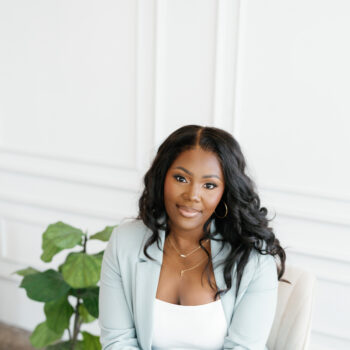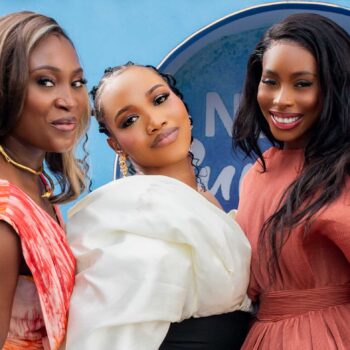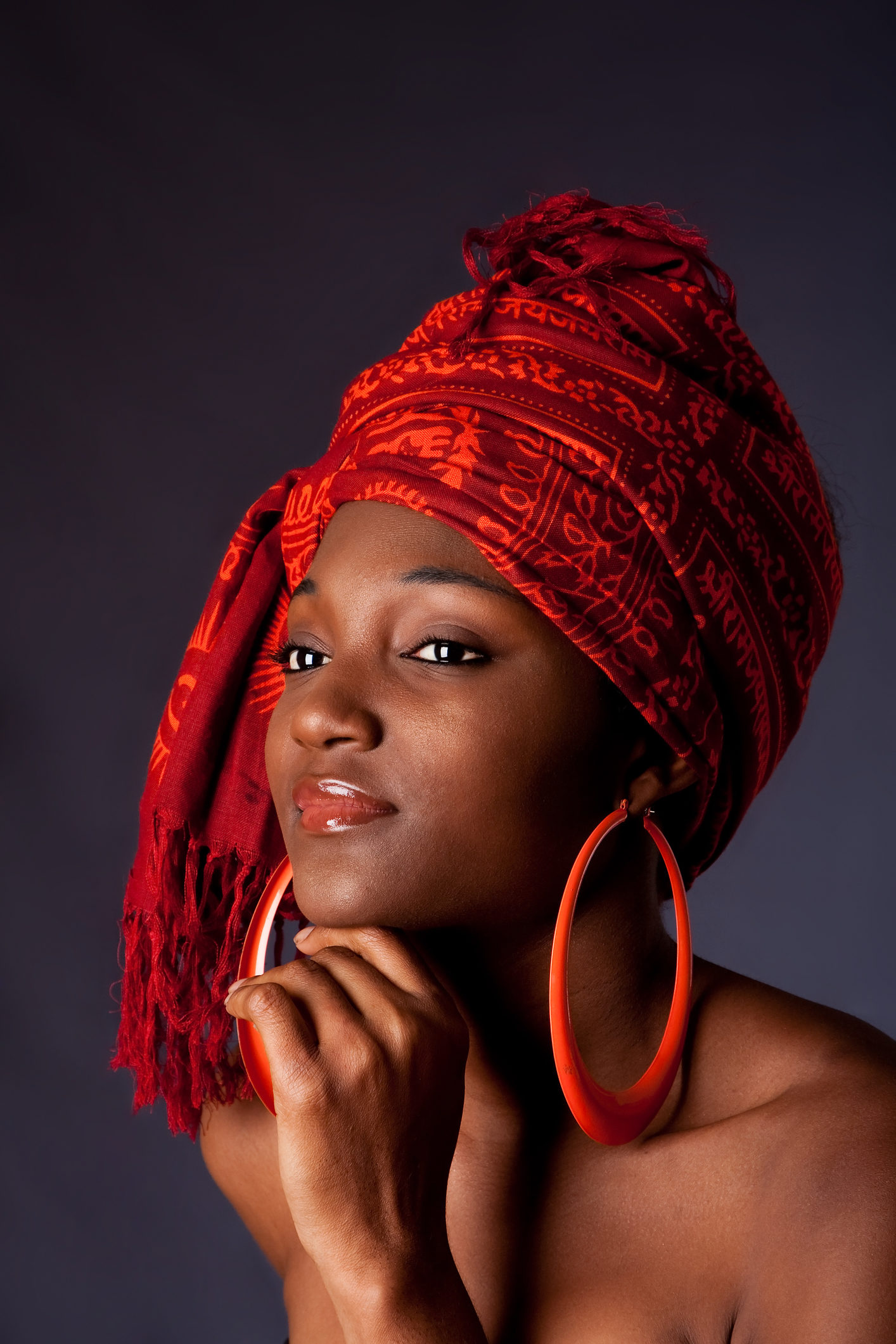
A model agent placed an ad on Twitter requesting for models. The ad ended with: No more than a size 6.
Fashion has always been aspirational. Tyra Banks would always repeat to the contestants on Top Model, “You don’t need to look like the girl next door; you need to look like the girl who lives way down the block.” This line of thinking fueled the industry. Covers are sold, trends are set, and season after season a new set of models are discovered. The ones that would continue acting out the life everyone wants but can’t have.
In the last two years, consumers have rebelled against brands whose definitions of aspiration are farfetched. Although, the international level of rebelliousness against less inclusive brands is yet to be seen in Nigeria. Real is the new aspiration. People want to skim through magazines, watch runway shows and find people who look like them. Fashion’s definition of aspiration has been criticized over and over again. One cannot overemphasize the toll it has taken on the mental health of fashion consumers; starving is one of the many habits young people embrace in hopes of looking like what they see in magazines.
After sitting through dozens of shows during Nigeria’s fashion seasons, the runway has become diverse in terms of body types. Models range from size 0 to 18. Refreshing? Yes. Progressive? Maybe. Perfect? Far from it. The Nigerian fashion industry is body inclusive but, mostly, in a segregated way.
Fashion designers are unofficially categorized into high fashion designers and plus-size designers. These high fashion à la luxury designers choose to show their clothes on only sizes 2 models on the runway. The idea that only a particular body type is deemed “high fashion” takes away from what it means to be progressive. This filters into lookbooks and ad campaigns which remain an important part of a designer’s work. The collections are shown in pictures; how it could be worn, in what variations and styles. One would think having a diverse body representation for a press kit would be a better strategy, but like runways, ad campaigns are expected to check a certain box. A means to release artistic imagery. An aspiration that certain body types do not fit into.
Beyond the runway, high fashion designers are forced to cater to people beyond a size 2 because the average body size of a Nigerian person is between 10 and 16. But it is not a straight forward line. Some designers, go as far as creating a separate, somewhat diffused, label from their original labels in other to tap into this narrative. Some others would only cater to plus-size
people on a made-to-measure basis. Nigerians do not particularly have a problem with this. The industry thrives on slow fashion and the average Nigerian would prefer custom fits when buying from a national designer. Also, these plus-size designers, due to the climate of the fashion industry, revel in the fact that they cater to people of certain body sizes. It is part of their branding strategies. They are proud of it, as they should be.
The problem is in the representation. And the fact remains that a particular group of people are underrepresented in the media due to their body sizes. An internal change amongst designers and industry powerhouses is required. And as cliché, as the problem is, it still exists. A seamless portrayal of all body types on runways and in prints is key. Representation would always matter. The idea that there is a certain type of beauty that works best on the runway is flawed and dated. The notion that catering to some body types will add or remove from the allure of your brand is flawed.
Beauty goes beyond a certain body type.
_________________________________________________________________________________________
